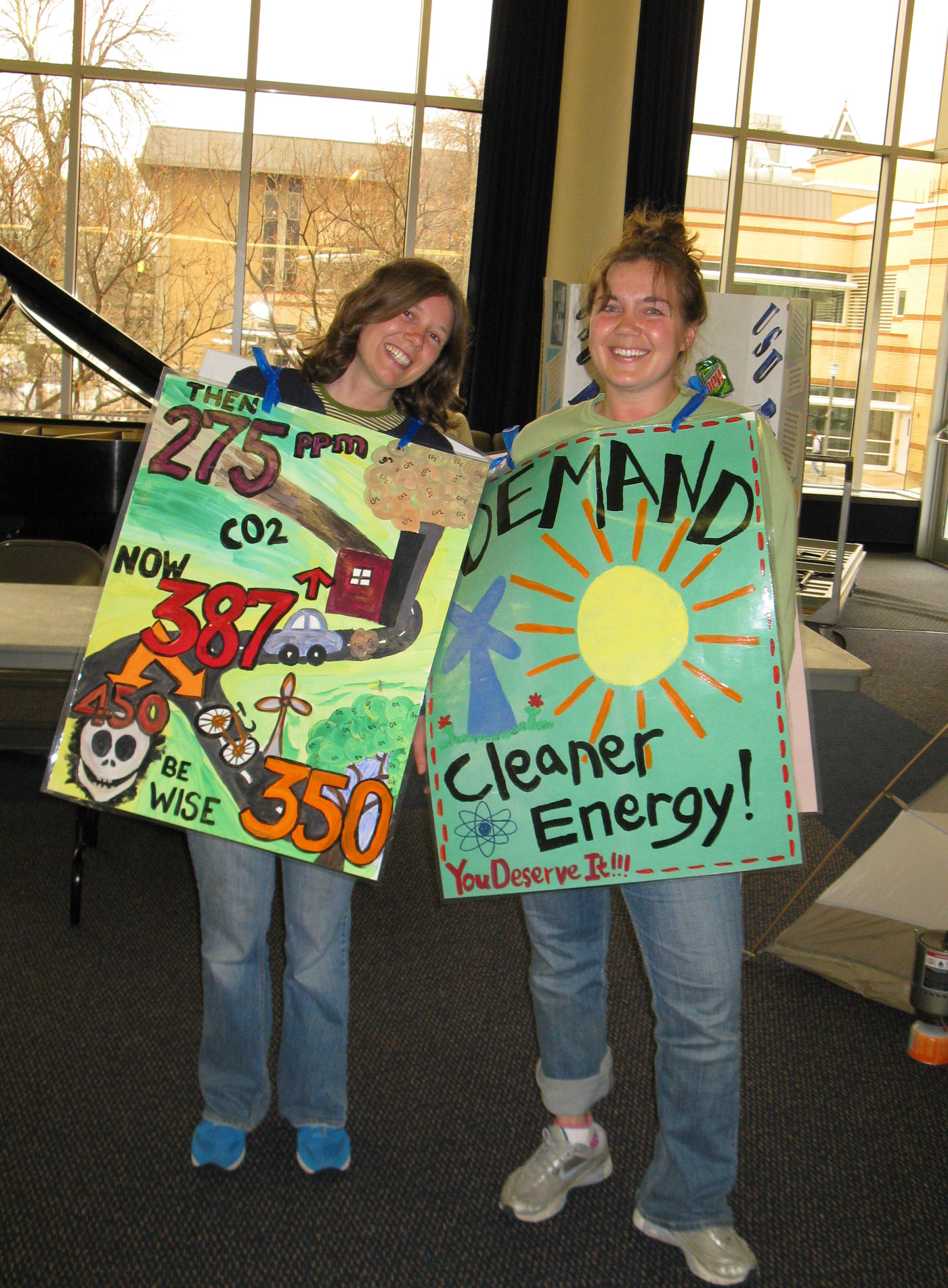USU Included in ‘Guide to 311 Green Colleges’ Second Year in a Row
Utah State University has been one of the country’s most environmentally responsible universities for two consecutive years, according to The Princeton Review.
The nationally known education services company selected USU for inclusion in its Guide to 286 Green Colleges last year and again in its Guide to 311 Green Colleges this year. USU is one of two universities from Utah listed among the 311 colleges.
The Princeton Review, in collaboration with the U.S. Green Building Council, surveyed nearly 703 schools to determine their “green rating.” All the schools included in the recently released guide scored in the 80th percentile or higher.
Within the last year, USU has established more than seven new sustainability projects. Many of these projects have been planned, coordinated and executed by students. One of the projects includes the student “green fee” that attaches a 25 cent fee per credit hour up to 12 credits. Essentially, students will pay an extra $3 each semester to help fund the Office of Student Sustainability. The money will help pay for a program coordinator, interns and student-proposed sustainability projects.
“The best thing about the Office of Student Sustainability is that it is fully led by the students,” said Brad Armstrong, a member of the executive committee of the Student Sustainability Council. “Other than the program coordinator, students work in the office, students decide what sustainability projects the office will fund and students aid in the fulfillment of those projects.”
Other student-led projects include Dorm Wars, Earth Day and Aggie Composters. Dorm Wars involved a competition between all on-campus housing to see who could reduce energy use the most. The first-place winner received $1,000. Earth Day was April 20 to encourage students to “power down” and save jobs and the planet. And Aggie Composters is a program that helps mitigate green waste going to landfills. They collect 200 pounds of food scraps, lawn clippings and green waste per week to be made into a rich fertilizer.
“I have been impressed with how students have become more involved than in the past,” said Jordy Guth, Facilities planning, design and construction specialist. “They are really making an effort toward changing behaviors of all students on campus.”
USU is investigating the potential for alternative energy on campus, with prospective large-scale wind and solar projects on USU land near the south substation. The new College of Agriculture building, currently under construction, will incorporate solar panels within shading devices along the south façade. A new project at the HPER field is under way to add an underground storage tank to store a large volume of chilled water used for cooling buildings in the summer months. The energy plant will make chilled water at night for use during the day, reducing the demand for electricity during peak daytime hours. USU is also looking into a voluntary “carbon offsets” program, which would allow all entities on all USU campuses to contribute to a local program to mitigate the impacts of greenhouse gas emissions generated by university travel. The voluntary fee would go into a fund to improve local air quality problems by investing in renewable energy, planting trees and other natural mechanisms to reduce air pollution.
Utah State has always had a strong commitment to sustainability, and in 2007 President Stan Albrecht was the first in Utah to sign the American College & University Presidents’ Climate Commitment, a document that holds the university responsible for developing a plan to work toward climate neutrality.
That same year, USU formed a Sustainability Council that developed a Climate Action Plan to minimize the institution’s greenhouse gas emissions and climate impact. Since this plan was established, USU has taken many efforts to become a “green” college. Below is a list of various USU sustainability accomplishments:
- Nearly all of USU’s Aggie Shuttles, which transport nearly 1 million people a year, run on compressed natural gas. It is the state’s only alternative-fuel bus system in higher education.
- USU’s central heating system burns natural gas, reducing air pollutants in Cache Valley by more than 230 tons annually.
- The student-run Aggie Blue Bikes program provides bicycle loans to students and employees free of charge.
- The campus has several low-water-usage gardens, which showcase native plants and have interpretive displays that encourage people to garden with water-efficient plants.
- Over the past 15 years, USU has retrofitted 3.5 million square feet of space with efficient fluorescent lighting, reducing the university’s energy usage by 30 percent.
- The university runs the Utah Botanical Center and Utah House in Kaysville and the Swaner EcoCenter and Preserve outside Park City. These centers preserve the natural environment and educate visitors about living in ways that conserve natural resources.
- Even with a 20 percent increase in the student population since 1990, the university has managed to keep energy consumption to a minimum, increasing by only 1 percent during that time.
- Several major university research projects revolve around sustainability, including research on intuitive buildings that save energy and research aimed at developing biofuels from algae growth and from plant growth on previously unused municipal land.

